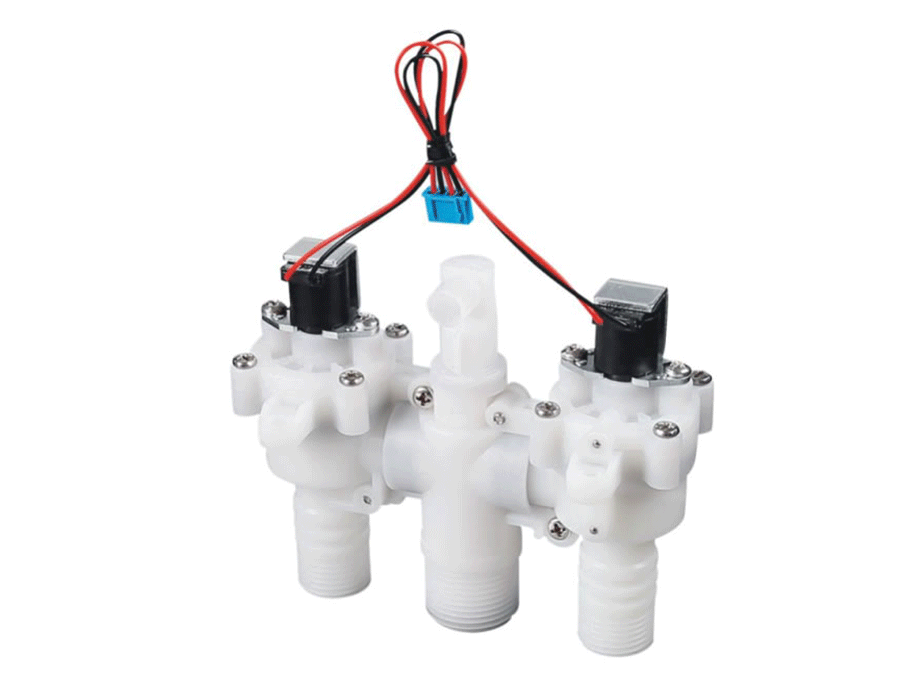Inlet protection is a commonly required solenoid valve function. When dirt, dust, moisture, and other foreign matter accumulate in the solenoid, performance and life cycle are significantly reduced. There are several ways to prevent intrusions, but before choosing the right solution, you must understand the degree of protection available. The international protection (or IP) rating is an industry-standard used to measure the effective entrance protection limit of electronic equipment. The IP rating is usually expressed as IPXY, where X represents the value of the solid protection level and Y represents the value of the liquid and vapor protection level.
Solid:
For solid protection, there are 7 levels.
0-no protection
1- Protection of objects over 50 mm
2- Protection of objects above 12.5mm
3- Protection of objects above 2.5mm
4- Protection of objects over 1mm
5- Prevent solids from entering, prevent dust from entering, but cannot be completely sealed.
6- Prevent solids from entering and completely seal against dust.

Liquid:
For liquids, the range of liquid levels associated with solenoids is greater.
0-no protection
1- Prevent dripping from above
2- Prevent slight dripping (15 degrees)
3- Prevent water spray from above
4- Prevent splashing from any angle
5- Prevent water spray from any angle
6- Prevent heavy water flow from any angle
7- Prevent immersion to 1 meter
8- Prevent immersion over 1 meter
Protection method
1. Frame selection
The box frame usually exposes multiple sides of the coil to the element. Choosing a tubular frame can provide a greater degree of entrance protection without the development cost of less common functions such as overmolding or potting. The tubular frame itself is not enough to prevent moisture from entering, but it does provide a certain degree of solid and dust protection for the coil.
2. Boots
The "sheath" is a flexible neoprene sleeve used to seal the gap between the plunger and the electromagnetic coil without restricting the stroke of the plunger.
3. Connector
The exposed connectors and wires represent a significant weakness for moisture ingress. In order to achieve an IP rating of IP63 or higher, it is essential to add special connectors to make waterproof seals.
4. Secondary molding
Plastic over-molding can be used to seal the coil. Overmolding can be used with or without a tubular frame and usually provides IP65 or similar protection.
The above information is provided by the plastic angle solenoid valve supplier.